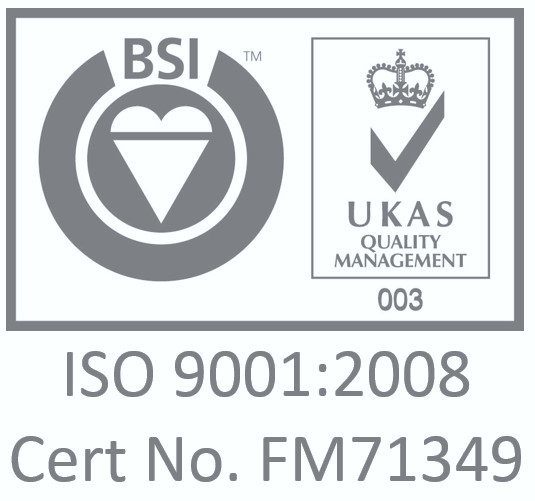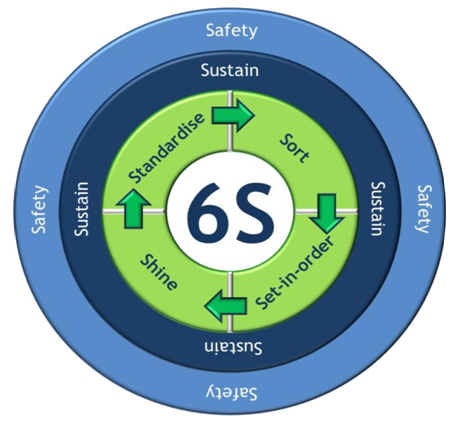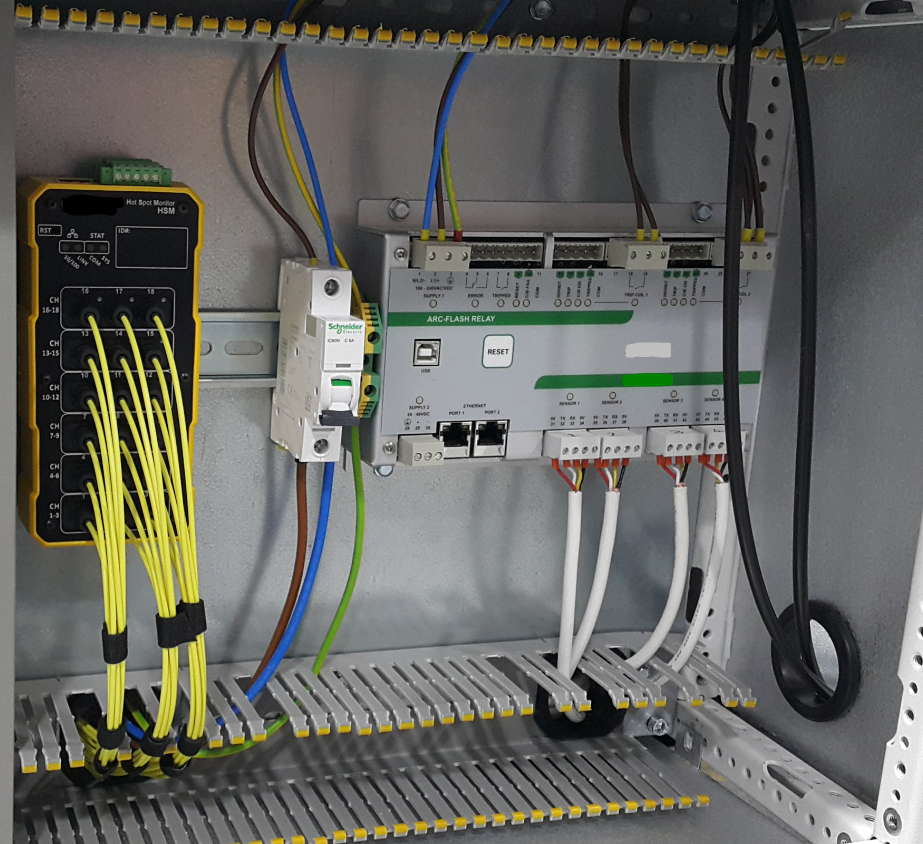 ISO 9001:2008 Quality Policy
ISO 9001:2008 Quality Policy
It is BMC Manufacturing's policy to provide a quality product on time and at a reasonable price to all our customers in order to continue to meet their demands and requirements In doing the above this company is committed to: - Operating a Quality System compliant with the requirements of ISO9001:2008
6S Manufacturing Standards
In parallel with ISO 9001:2008 BMC also operates to the 6S Manufacturing .

The 6S Process is a series of steps and procedures which are used to arrange work areas in the best manner to enhance performance, safety and cleanliness. This provides a basis for all process improvement activities, the creation of work teams in control of their own areas and focuses on eliminating waste and introducing improvement.
We are currently in the process of transitioning from ISO 9001-2008 to ISO 9001-2015 and also implementing Environmental Standard ISO14001-2015 and the Health and Safety Standard OHSAS 18001-2007 for which we expect to be certified in the Q2 of 2017.
Switchgear Manufacturing to IEC-61439-1/2
All switchgear manufactured by BMC Manufacturing is certified and tested to IEC-61439-1/2.
This is the new standard for Low Voltage Switchgear and replaces the old IEC-60439 standard used previously.
Design Verification
Design verification is a prerequisite for all assemblies provided. It is fundamental to ensuring every assembly meets its defined design requirements. In addition to the fundamental change from type testing to design verification, a number of new approaches to proving design capability of assemblies have been recognised and included in the standard.
The IEC 61439 series of standards will use the same structure as other series within IEC.
Part 1 is General Rules, detailing requirements that are common to two or more generic types of assembly. Each generic type of assembly then has a product-specific Part within the series of standards.
Part 2 of IEC 6149 is the only Part that has a dual role, it covers power switchgear and control gear assemblies and any assembly not covered by any other product specific part.
New Approach
After much debate and deliberation, IEC has taken a practical and pragmatic approach to proving the capability of assemblies. The capability of each assembly will be verified, effectively in two stages:
- Design verification, to prove the design performance of the assembly is in accordance with IEC 61439; and,
- Routine verification, to confirm the materials and workmanship are in accordance with the design specification.
Responsibilities
The new standard, so far as any standard is able to do so, attempts to focus all parties involved in the provision of a low-voltage assembly on their respective responsibilities. Purchasers and specifiers are encouraged to view an assembly as a ‘black box’. Their prime function is to specify the inputs and outputs to the assembly and to define the interfaces between the assembly and the outside world. How the assembly is configured internally and the performance of the assembly, relative to the external parameters as defined by the purchaser or specifier, is clearly the responsibility of the manufacturer(s).
Summary and Conclusion
With the ever-increasing pressures of demand for higher network utilisation, assembly design optimisation and more stringent safety, the changes included in the assembly standard IEC 61439-2 are important and overdue. All assemblies that do not have a specific product standard are covered and there is no opportunity to avoid compliance.

